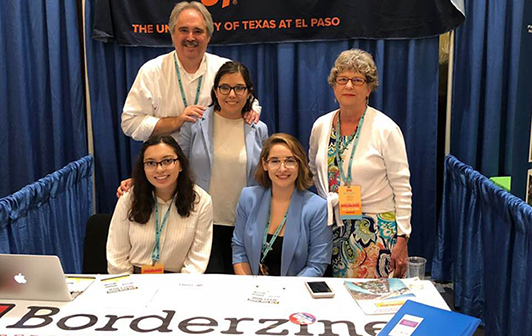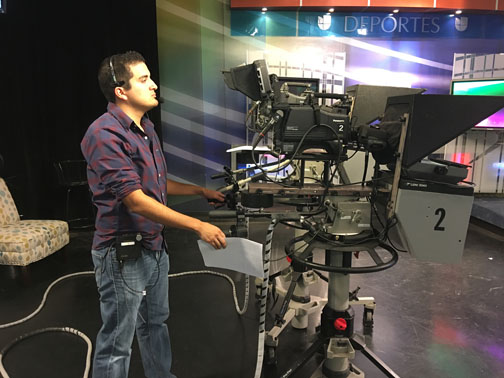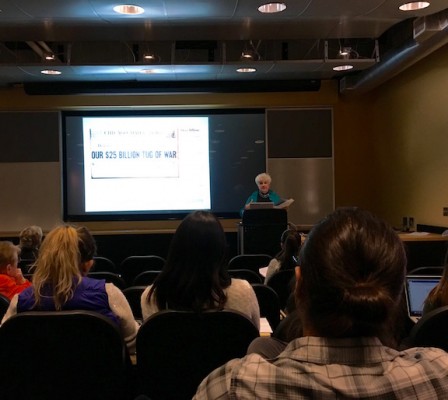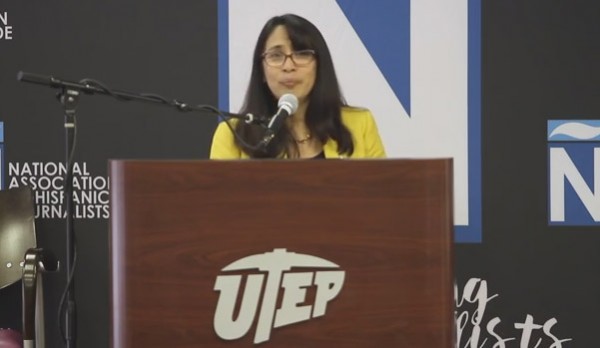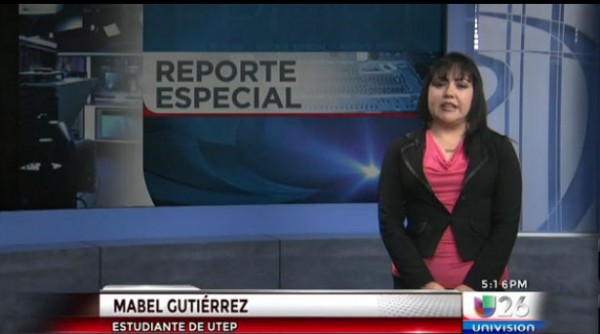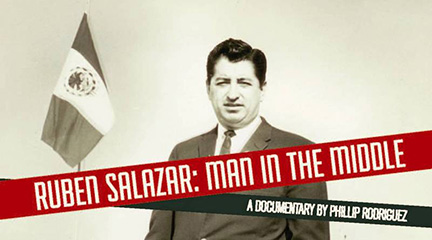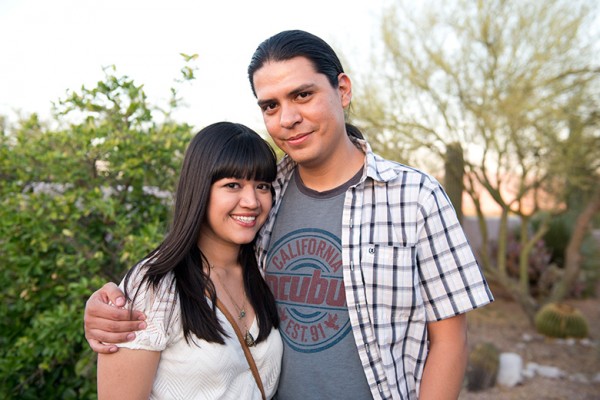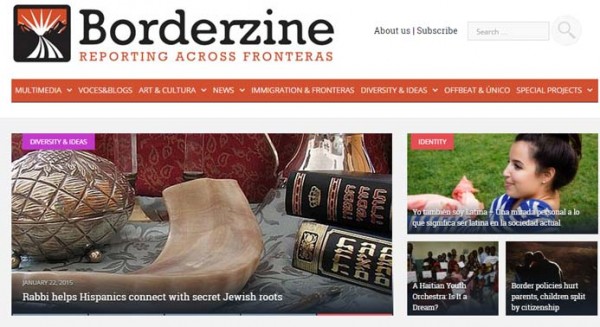Borderzine among 150 newsrooms in national fundraising campaign supporting quality journalism
|
Washington, D.C. – The Borderzine Reporting Across Fronteras project at UT El Paso is among more than 150 nonprofit newsrooms across the country that will participate in this year’s NewsMatch, the largest grassroots fundraising campaign to support nonprofit news organizations. The national call-to-action will launch on Nov. 1, 2018. In 2017 NewsMatch helped to raise more than $4.8 million from individual donors and a coalition of private funders. This year the number of nonprofit news organizations participating has jumped by more than 40 percent.
